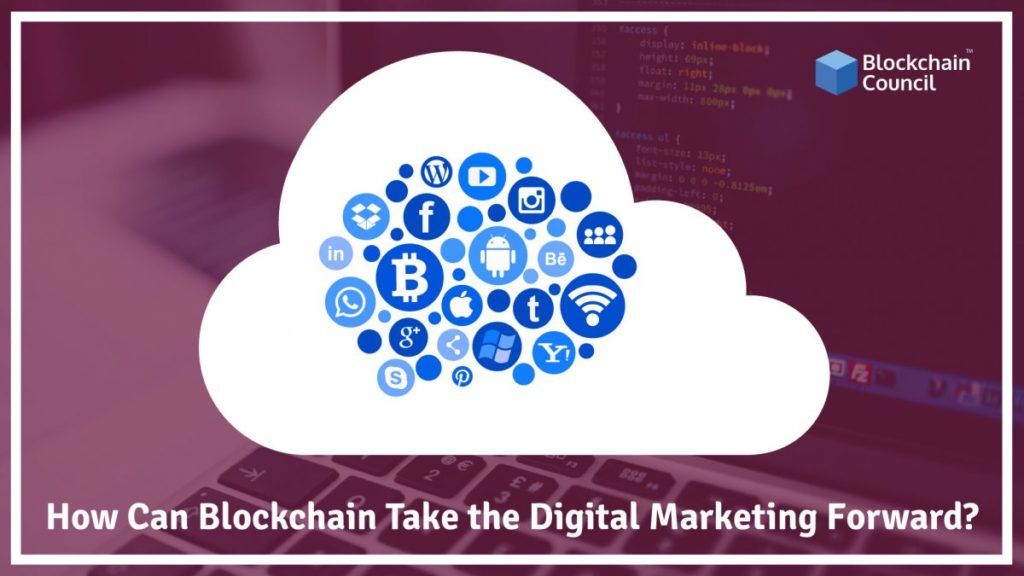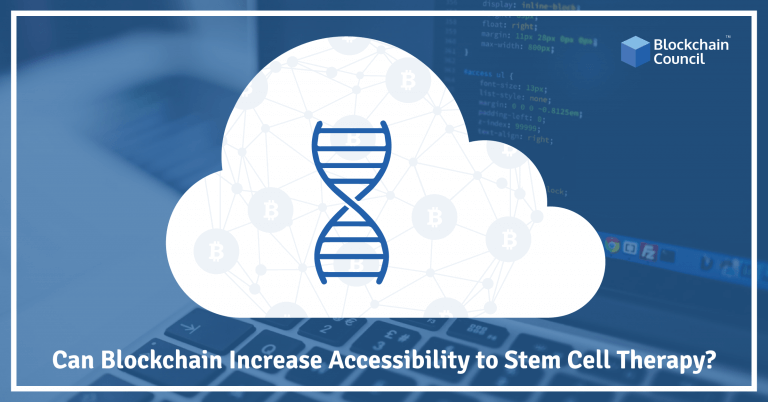
- Toshendra Kumar Sharma
- February 21, 2018
It’s no surprise that the digital marketing industry is a massive part of the internet ecosystem that drives traffic and pays for content. In fact, digital marketing is estimated to become a $500 billion industry by 2021, according to a recent study conducted by Forrester. Tech giants like Google, Facebook, and Amazon, are always tracking their tens of millions of users to better gauge their spending habits to market to them in more efficient ways.
But despite the billions of dollars that are spent on digital advertising every year, its benefits are not clear as an estimated 50% of the ad traffic is driven by bots. This is quite problematic for the advertisers as they receive no tangible benefit for spending so much money on advertisements. Here’s a look at how two blockchains can help both the advertisers and their target users:
Bitclave
According to Bitclave’s whitepaper, they are trying to build an Active Search Ecosystem which will use blockchains to eliminate intermediaries and create a direct connection between customers and businesses. Bitclave’s platform will let the user manage how their personal information is used, by allowing them to get paid every time a company uses their knowledge to pitch them products.
In this model, both the business and the consumer are better off as customers do not have to worry about their data being sold and companies have a direct relationship with their customers. By creating such direct relationships, businesses have the comfort of knowing that the capital that they deploy for advertising is not being wasted, but the benefit is being passed down to the customer.
An example use case for this model would be when, say, a user wants to buy a new car. The user would use the Bitclave app to look for the vehicle that they want. Bitclave would match the user with the nearest dealership which has the best deal on that car and show the user the best offer available. Regardless of whether the user makes the purchase or not, they are paid in the Consumer Activity Token (CAT) for sharing their information with the dealership. In this scenario, the business and the consumer have both gained by interacting directly as opposed to going through an intermediary.
Basic Attention Token
The Brave browser ecosystem is taking a radically new approach to digital advertising. In the current scenario where large companies like Google, Facebook, and Amazon are privy to a lot of our private information by tracking us, users are missing out on the value of their data. Pop-up ads are intrusive for most users and hurt a company’s chances of making a sale as people are put off by pop-ups. But using ad-blockers to eliminate all ads is also problematic in the long run. If no one views ads, the money that businesses spend on websites will start to evaporate and making quality internet content will become harder.
This is where Brave and the Basic Attention Token have a radically new way of seeing things. Brave is trying to incentivize users to watch ads by paying users for viewing ads. The Brave browser, which is available to download on Windows, Mac OS and Android ships with an ad blocker which is turned on by default. Users, however, have the option of letting ads play in the browser in exchange for rewards in the form of Basic Attention Tokens.
Necessary Attention Tokens try to measure how much time a user spends watching an ad and then pays them accordingly. All of the ledger keeping required to track the usage is handled within the Brave browser, thereby eliminating a central organization that has access to a user’s information. This model helps the smaller content creators along with users that want to support their favorite youtube channels as Brave automatically keeps track of how much time they are spending on any given webpage. This also helps make sure that ad makers make less intrusive ads that don’t hinder the overall browsing experience for users as ads have to comply with specific requirements before they are listed.





































































 Guides
Guides News
News Blockchain
Blockchain Cryptocurrency
& Digital Assets
Cryptocurrency
& Digital Assets Web3
Web3 Metaverse & NFTs
Metaverse & NFTs
